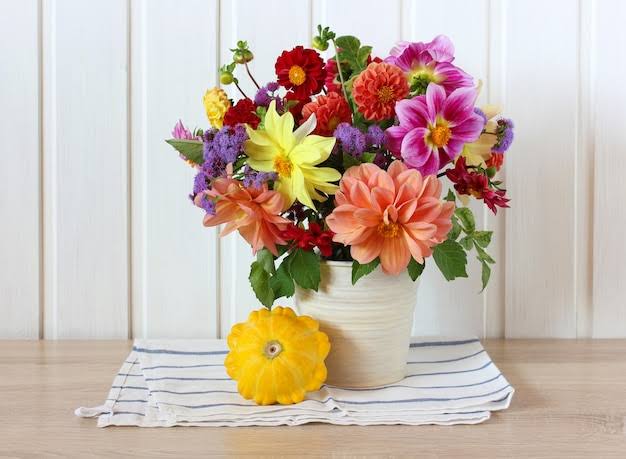Flowers have always held a special place in human culture. They’re admired for their beauty, cherished for their symbolism, and even used strategically in gardening and agriculture. But here’s a surprising twist—flowers can also act as bait. Whether it’s attracting pollinators, luring beneficial insects, or even being used metaphorically in art and literature, flowers play a double role. That’s why we say: 🥘 classic or creative: flowers are bait works both ways!In this guide, we’ll explore how flowers function both in their classic role as symbols of beauty and their creative role as natural bait in ecosystems, gardens, and beyond.The Classic Side of Flowers 🌸1. Beauty and SymbolismFlowers have always been classic symbols of love, purity, and celebration. Roses for romance, lilies for purity, tulips for elegance—the list goes on.2. Decoration and DesignUsed in bouquets, weddings, and home décor.Central to traditional gardens and cultural rituals.A timeless element of style across the world.3. Emotional ConnectionFrom gifting flowers to planting memorial gardens, flowers have been a classic way of connecting people emotionally.The Creative Side: Flowers as Bait 🎣1. Attracting Pollinators 🐝Flowers are nature’s bait for bees, butterflies, and hummingbirds.Bright colors, sweet nectar, and distinct scents lure pollinators.Without this natural “bait,” many plants wouldn’t reproduce.2. Companion Planting in Gardening 🌿Gardeners cleverly use flowers as bait plants to protect crops:Marigolds attract pests away from vegetables.Nasturtiums lure aphids, sparing your leafy greens.Sunflowers act as trap crops, drawing birds and insects away from more delicate plants.3. Fishing & Survival Hacks 🎣In some traditional practices, flower petals are used as bait for catching certain insects or fish. The fragrance and color mimic natural food sources.4. Metaphorical Bait in Art & Culture 🎭Flowers are used in poetry, paintings, and films as a symbolic lure—beauty that attracts but sometimes deceives.This creative perspective makes flowers powerful storytelling tools.Classic vs. Creative: How They Work TogetherClassic 🌸 Creative 🎣Beauty and symbolism Practical function as baitEmotional meaning Ecological strategyGarden aesthetics Pest control & pollinator attractionCultural traditions Creative hacks in survival & designThis balance is why 🥘 classic or creative: flowers are bait works both ways! Flowers aren’t just pretty—they’re functional, clever, and versatile.Practical Tips for Using Flowers as Bait in Gardening 🌼Plant marigolds near tomatoes to repel nematodes and pests.Use nasturtiums as a trap crop to draw away aphids.Add lavender to attract pollinators and improve vegetable yields.Rotate bait flowers each season to keep pests guessing.Mix classic and creative styles—create a garden that looks beautiful while working hard for your crops.ConclusionFlowers are more than symbols of beauty—they’re tools of survival, strategy, and creativity. The saying 🥘 classic or creative: flowers are bait works both ways! reminds us that flowers serve both traditional purposes (love, beauty, culture) and clever, practical ones (baiting insects, attracting pollinators, inspiring metaphors).By blending both roles, you can enjoy gardens that are not only visually stunning but also ecologically smart. 🌸🐝✨

